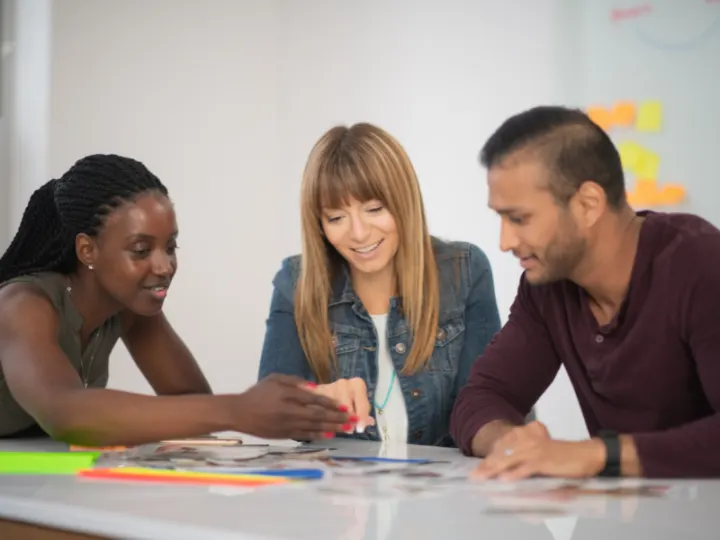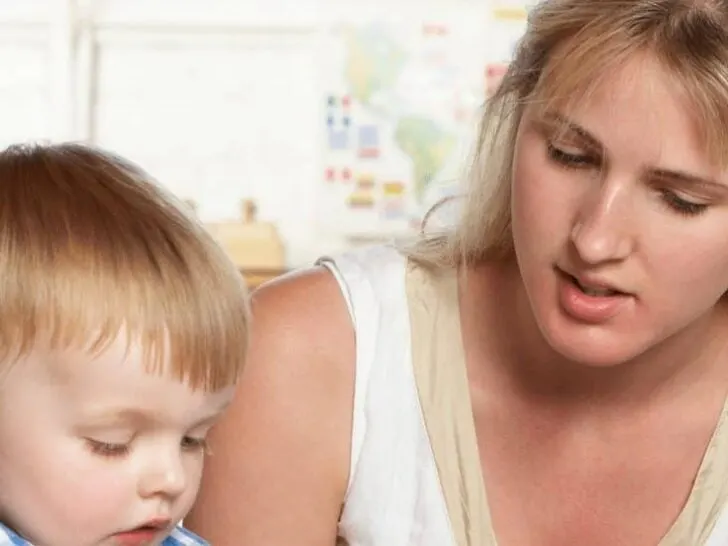Use Both Hands – A Case for Training Montessori Assistants
Training Montessori assistants is imperative for a smoothly run classroom. If Montessori teachers were given a magic wand for their classrooms, more often than not they’d use it to implement …


